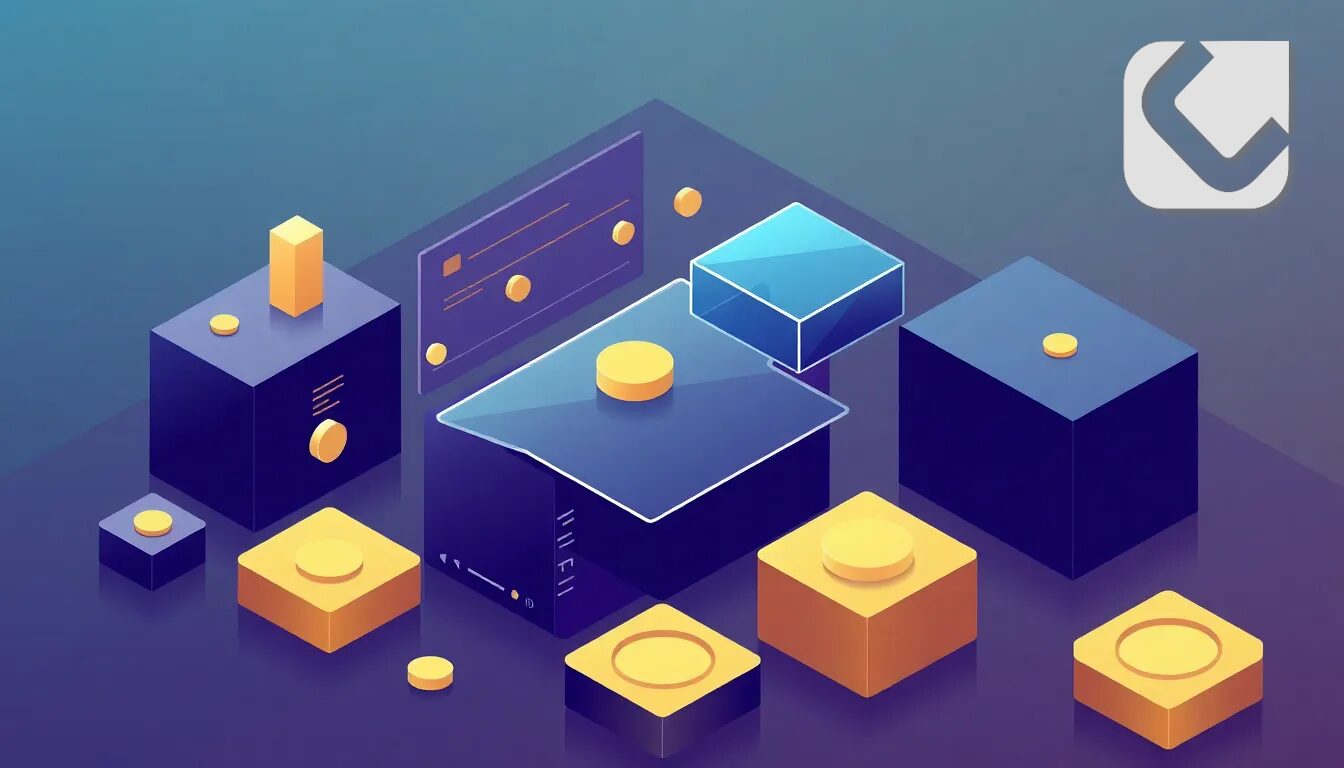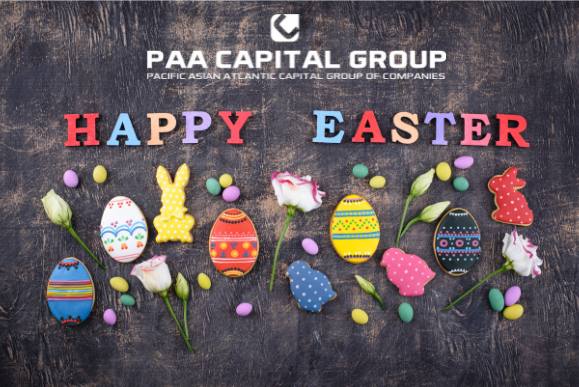Tokenization is Eating the World: The Real Story Behind Blockchain’s Mainstream Adoption

Tokenization is Eating the World: The Real Story Behind Blockchain’s Mainstream Adoption
In July 2025, a luxury real estate deal in Paris closed in record time—not months, but minutes. Not through a notary, but through a blockchain. The property, valued at €9.2 million, was tokenized and traded on a regulated digital asset platform, executed with smart contracts, and audited in real time. What’s more? The buyer was based in Lagos, the seller in Dubai, and the settlement cleared via a cross-border stablecoin pegged to the euro. No bank delays. No third-party frictions. Just code, compliance, and capital flowing like it should.
That wasn’t a one-off. It was a glimpse into the seismic shift we’re witnessing: blockchain’s quiet, determined march into financial mainstream via asset tokenization. This isn’t crypto hype—it’s blockchain infrastructure transforming how we move, store, and define value. And if you think this is a 2030 story, think again. For institutional players, family offices, and compliance professionals, the time to align is not next year—it’s now.
What is Blockchain Mainstream Adoption (Tokenization of Assets) [1, 3, Explained?
At its core, blockchain mainstream adoption through tokenization means representing real-world or financial assets—whether real estate, equities, art, carbon credits, or commodities—as digital tokens on distributed ledgers. These tokens retain the intrinsic rights and value of the underlying asset, such as ownership, dividends, or usage rights, while enabling fractional ownership, 24/7 trading, and instantaneous settlement.
Think of it like this: instead of shares in a private company sitting behind closed lawyer doors or real estate titles locked in dusty registries, they become programmable, auditable, and borderless. And they can move across Africa-Europe corridors with as much ease as sending an email.
Why Tokenization Matters—Right Now
Today’s financial system is fragmented, opaque, and expensive. Cross-border payment delays, exclusion from traditional finance, and illiquidity plague global capital flows. Tokenization tackles these head-on. According to a recent report by BCG and ADDX, the global market for tokenized assets could reach $16 trillion by 2030. The World Economic Forum projects that 10% of global GDP will be stored on blockchain by mid-decade.
Why the surge? Consider these drivers:
- Cost Efficiency: Reduced reliance on intermediaries cuts settlement costs by up to 80%.
- Liquidity for Illiquid Assets: Private equity, real estate, and fine art become tradable in real time.
- Financial Inclusion: Fractional ownership allows broader access to high-value assets.
- Composability: Smart contracts enable complex financial instruments to be constructed and enforced automatically.
Real-World Use Cases and Success Stories
1. BlackRock’s Tokenized Treasury Fund
In early 2025, BlackRock launched the first fully tokenized U.S. Treasury fund on Ethereum, enabling institutional clients to hold tokenized dollars backed by government bonds. This created a safer, yield-bearing alternative to stablecoins for settling digital asset trades.
2. Kenya’s Land Registry Pilot
The Kenyan government, backed by the World Bank, is piloting a blockchain-based land registry system. The aim? Combat fraud, streamline transactions, and open up tokenized real estate investment opportunities for Kenyans at home and abroad.
3. BNP Paribas’ Tokenization of Private Equity
BNP Paribas has tokenized stakes in private equity funds to enhance liquidity and improve investor onboarding. The result was a 60% reduction in administrative tasks and faster KYC/AML checks via smart regulations embedded into the token framework.
Blockchain Mainstream Adoption (Tokenization of Assets) [1, 3, Benefits
- Efficiency Gains: Traditional settlement cycles (T+2) are replaced by T+0 atomic settlement.
- Transparency: All transactions are verifiable on-chain, reducing fraud and audit costs.
- Compliance Automation: Rules can be baked into tokens—automatic KYC, transfer restrictions, tax logic.
- Expanded Investor Base: Regulatory-compliant token offerings allow global reach to diverse investor segments.
- New Financial Products: Rebundle assets in ways previously impossible—tokenized ESG bonds, revenue-sharing NFTs, etc.
Key Challenges and Adoption Barriers
But of course, this isn’t all sunshine and stablecoins. Blockchain Mainstream Adoption (Tokenization of Assets) [1, 3, faces its share of headwinds:
- Interoperability: A fragmented ecosystem of blockchains and protocols hampers integration with legacy infrastructure.
- Regulatory Uncertainty: Many jurisdictions are playing catch-up; unclear definitions and licensing requirements stifle innovation.
- Custody & Security: How do you safeguard private keys and maintain institutional-grade security for tokenized assets?
- Market Liquidity: Tokenized assets need functioning secondary markets, which are still developing.
Regulatory Framework and Compliance Considerations
From a compliance standpoint, tokenization demands a proactive, jurisdiction-aware approach. Not all tokens are created equal. Security tokens, utility tokens, and payment tokens face different rules in the EU, US, South Africa, and Botswana. For example:
- The EU’s MiCA Regulation now mandates white papers and licensing for crypto-asset issuers and service providers.
- The SEC continues to evaluate most tokenized offerings under securities law, requiring full disclosure and registration.
- Botswana—where PAA CAPITAL is based—has adopted a forward-looking stance, offering clear licensing for VASPs and digital asset custodians.
In all cases, clarity around beneficial ownership, AML/KYC programs, and smart contract audits is non-negotiable. Compliance isn’t just a box to tick—it’s the very foundation of sustainable tokenization ecosystems.
Blockchain Mainstream Adoption (Tokenization of Assets) [1, 3, Implementation Guide
For institutions looking to move from whiteboard to real world, here’s a practical path:
- Asset Identification: Choose an asset class (e.g., real estate, bonds, invoice receivables) suitable for tokenization.
- Legal Structuring: Determine how the token represents ownership—via SPVs, trusts, or direct claims.
- Choose a Blockchain: Ethereum dominates, but Avalanche, Polygon, and enterprise chains like Hyperledger are emerging.
- Compliance Layer: Integrate KYC/AML providers, token transfer restrictions, and whitelisting mechanisms.
- Secondary Market Strategy: Engage with token exchanges or build private marketplaces for liquidity.
Best Practices for Compliance Professionals
- Establish a dedicated digital asset task force with cross-functional input (legal, IT, risk).
- Adopt a “compliance by design” approach—program regulations into token logic from day one.
- Monitor global regulatory developments proactively—Japan, UAE, and Switzerland are leading the way.
- Conduct third-party smart contract audits to identify vulnerabilities and ensure operational integrity.
- Document everything—token issuance rules, who can hold what, and where the money flows.
Future Outlook and Industry Impact
The tokenization genie isn’t going back in the bottle. In fact, the tokenization of central bank digital currencies (CBDCs), carbon credits, and sovereign debt isn’t just possible—it’s already underway. By 2027, Gartner predicts that 25% of global organizations will use blockchain for asset tokenization as part of digital transformation.
For Africa, tokenization may be the leapfrog moment: enabling diaspora remittances to flow through tokenized infrastructure, allowing SMEs to raise capital via tokenized debt, and offering citizens fractional access to hard assets previously locked behind geography and privilege.
At PAA CAPITAL, we’re not just watching the rails shift—we’re actively building them. With our regulatory-grade digital escrow, SWIFT-compatible cross-border payments stack, and VASP licensing, we’re closing the gap between vision and execution.
Conclusion: The Asset Revolution is Now
So let me leave you with this: If you think tokenization is a crypto side-show, you’re missing the main act. Blockchain Mainstream Adoption (Tokenization of Assets) [1, 3, is transforming how value is expressed, moved, and governed. And unlike past fintech fads, this one has teeth—backed by regulatory clarity, institutional buy-in, and demand for real-world utility.
For compliance leaders, the message is clear: evolve, or be left behind. For HNWIs and family offices, the opportunity is wide open—fractional, programmable, and globally tradable. And for Africa? This is simply the next frontier in a digital renaissance that’s already rewriting our financial DNA.
The future isn’t tokenized. The present is.


